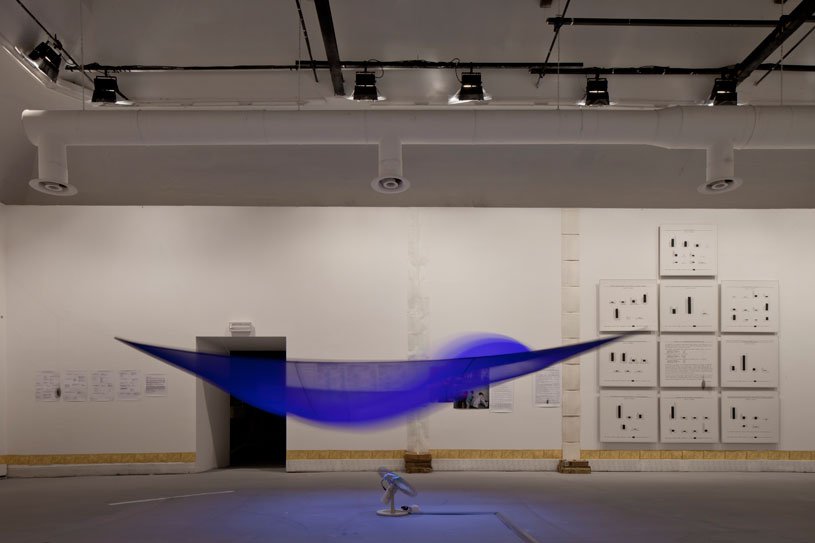The Venice Biennale was established by the Venetian City Council to celebrate the wedding anniversary of King Umberto I and Margherita of Savoy. The first exhibition was held in April 1895 as the 1st International Exhibition of the City of Venice. It featured artists from 16 countries and attracted 224,000 attendees.
The Biennale became increasingly popular in the following years. Several countries were even granted national pavilions including Belgium, Hungary, Germany, the United Kingdom, France, and Russia. The events were canceled during the Second World War. The first post-war Art Biennale was held in 1948. It featured works by renowned artists such as Marc Chagall, Paul Klee, Georges Braque, Paul Delvaux, James Ensor and René Magritte.
The term “Venetian Biennale” is used to refer to both the contemporary art exhibition and the whole range of events organized by the Biennale Foundation. They include the Venice Biennale of Architecture, the Venice Film International Film Festival (held annually), the Dance Biennale, the Music Biennale, and the Theater Biennale.
The Venice Art Biennale is held at the Venice Giardini, an area of parkland in the historic city of Venice. One of the exhibition venues is the Venetian Arsenal, a complex of former armories and shipyards. The exhibition includes the Central Pavilion and about 30 national pavilions showcasing contemporary artists from different countries.
The Venice Biennale awarded Grand Prizes to the best painters and sculptors from 1938 to 1968. Since 1986, the international jury has awarded the Leone d’Oro Award (Golden Lion) in several categories. Current categories include Lifetime Achievement, Best Pavilion, Best Artist of the International Exhibition, and Best Young Artist.
Each edition of the Venice Art Biennale has a theme and a curator (artistic director) who is responsible, first and foremost, for the exhibition in the Central Pavilion. Besides, each of the national pavilion has its own curator.





